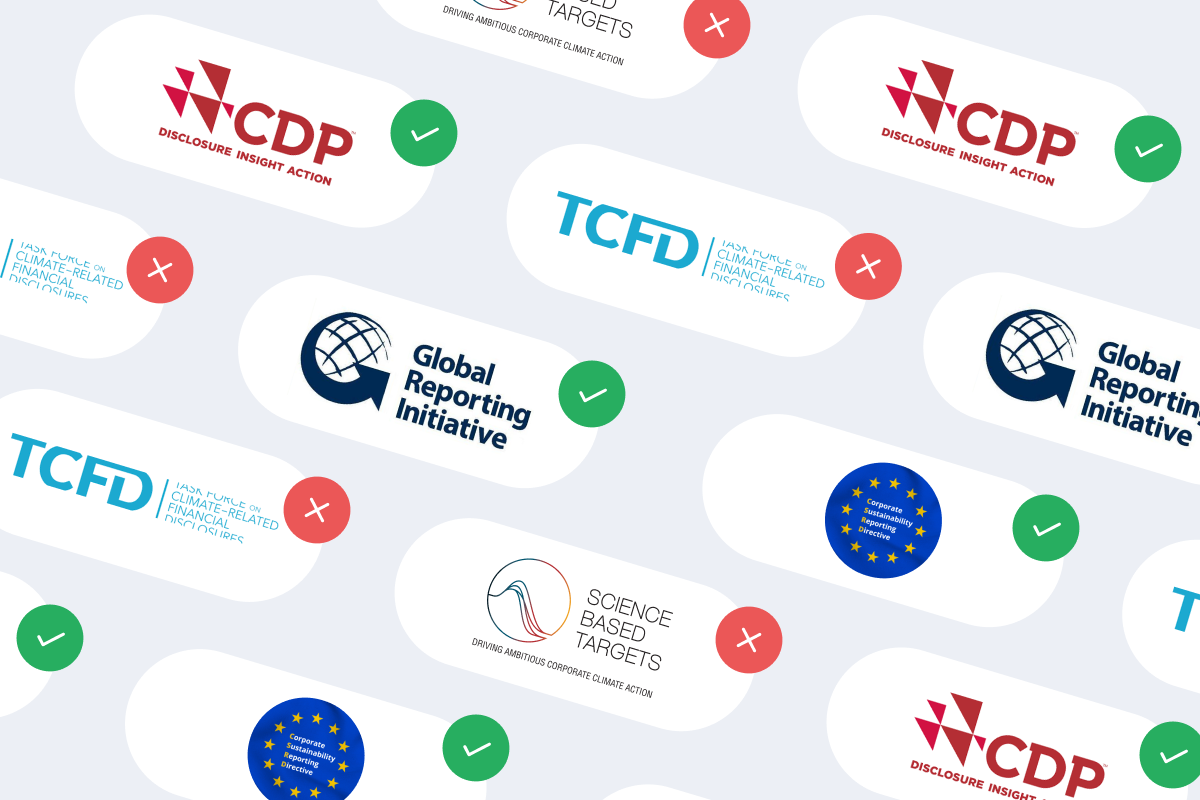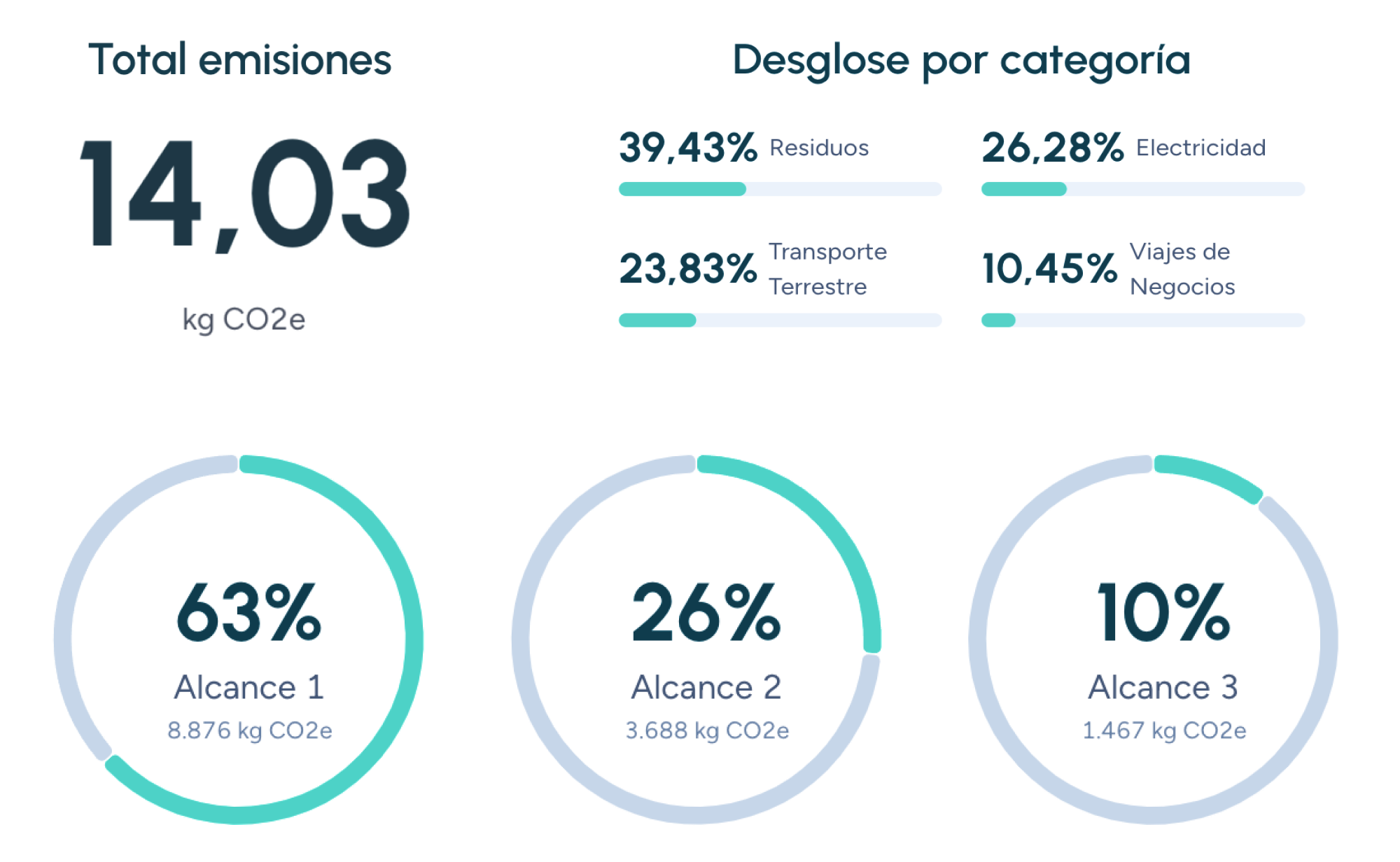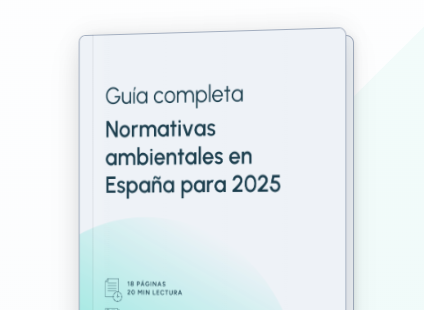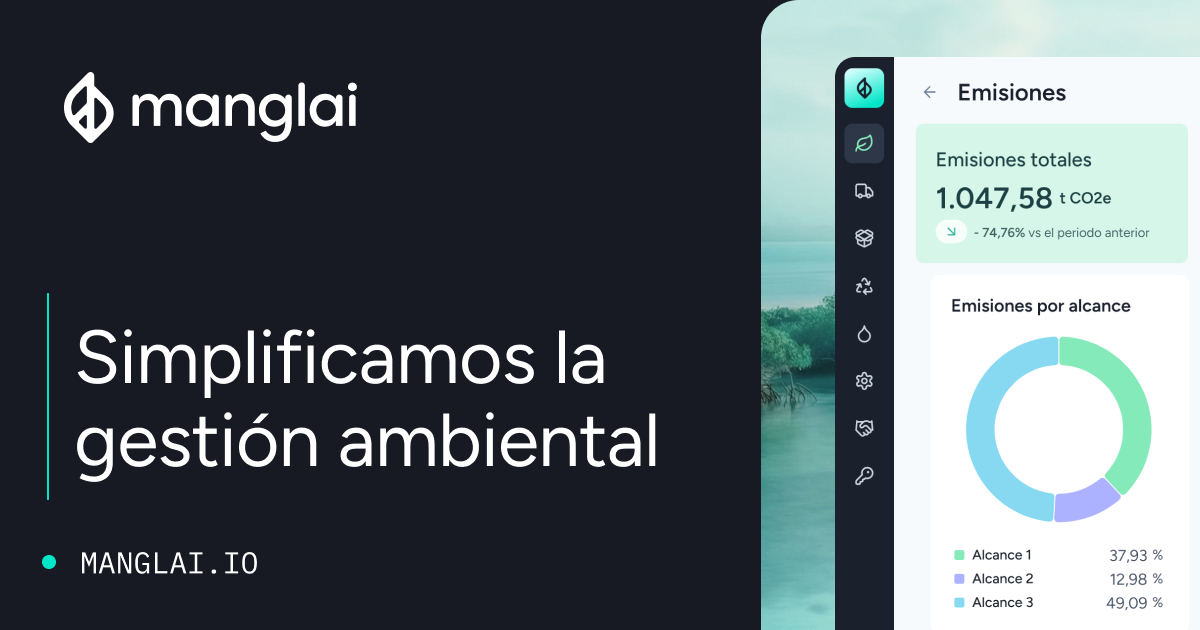Back to the blog
Product carbon footprint
Environmental Transparency in Products: How to Communicate Sustainability for Responsible Consumption
Carolina Skarupa
Product Carbon Footprint Analyst
Sustainability is no longer a “nice-to-have” in brand storytelling—it has become a decisive purchasing criterion. According to Kantar (2024), 71 % of Spanish consumers look for environmental data online before confirming a purchase, and 47 % abandon their cart if they do not find it. To sell in 2025, a green slogan is not enough; brands need transparency grounded in audited metrics.
The shift is profound: vague green claims are over, and companies must back their promises with measurable, verifiable, and easily accessible data.
In this article you will learn how to structure, verify, and present your product’s environmental information in formats that inspire immediate trust.
Why talking about Environmental Transparency is talking about business
The economic argument is compelling: studies by Nosto show that product pages displaying a verified carbon footprint convert 8.4 % better than those that offer no data.
In the B2B channel, Spain’s public administration awards up to five additional points in tenders to materials that carry an Environmental Product Declaration—often the difference in multi-million-euro contracts.
Regulatory pressure is mounting too: the EU Corporate Sustainability Reporting Directive (CSRD) will require more than 49,000 companies to disclose standardized environmental indicators in 2026, with fines of up to 2 % of global turnover for non-compliance.
Transparency has therefore shifted from option to obligation and from cost to investment with a direct pay-back.
Pillars of credible Environmental Transparency
The first requirement for communicating sustainability credibly is to choose key indicators and present them with the appropriate functional unit. The trio consumers understand best combines product carbon footprint, virtual water use, and the percentage of recycled or renewable material.
Limiting communication to three metrics prevents information overload and makes it easier to compare alternatives. Each figure must be tied to an unambiguous functional unit and reference the standard that underpins the calculation.
Anyone measuring CO₂ should cite ISO 14067 or the GHG Protocol Product Standard; anyone quantifying virtual water should reference ISO 14046 or the Water Footprint Network methodology.
The second step is to back up those figures with a rigorous inventory. Primary data from meters, ERPs, and energy billing provide the most robust foundation and reduce uncertainty. However, almost every company needs to complete its inventory with secondary databases for processes where it lacks direct information.
Our article on Life-Cycle Inventory explains how to combine both data types without duplication or gaps.
The third pillar of credibility is independent verification. An auditor accredited under ISO 14065 reviews the emission factors, checks the consistency of mass and energy balances, and confirms that the margin of error does not exceed five percent. The verification seal reduces information asymmetry between seller and buyer and, according to the Spanish Branding Association, increases brand trust by sixteen percent in blind studies.
The best formats to present environmental transparency
Once the metric has been generated and the methodology validated, the next question is how to present it.
The unbeatable combination is a physical label, a web product page, and a downloadable document. On the package, a simple icon informs the consumer at the point of sale. A QR code points to a concise report whose charts must be mobile-friendly and show sector-wide benchmarks. Finally, the full PDF with technical annexes is hosted on the website to satisfy distributors, specialist journalists, and auditors. This three-tier approach meets every audience’s information needs—from the impulse buyer to the institutional investor.
The story doesn’t end with the numbers. Humanizing technical information enhances perceived value. Micro-stories and concrete testimonials, when grounded in verifiable facts, link the coldness of data to everyday experience. Explaining, for example, that “each T-shirt saves 873 liters of water compared with the market average—the equivalent of a family of four’s daily showers for five days” turns an abstract concept into a tangible, memorable benefit.
Technology as ally, not barrier
The processes described may seem complex, but platforms such as Manglai automate them in a single workflow: the sustainability manager uploads consumption data, the tool applies verified factors, generates a PCF report, and produces a QR label ready to print.
It also includes a virtual-water module that flags any batch of raw material with a high water footprint as soon as it is approved. This integration turns transparency into a system of continuous control and improvement, rather than a manual task prone to human error.
How to measure the return on Environmental Transparency
Measuring the economic return of environmental transparency means tracking four comparable indicators before and after the strategy is implemented.
- Conversion rate: Adding verified CO₂ and water metrics to the product page raises the share of visits that end in a purchase by 6–11 percentage points, generating direct revenue.
- Returns: Clear information sets realistic expectations and reduces items sent back; a two-point drop in returns yields substantial savings in reverse logistics and refurbishment.
- Earned media: Mentions in the press and on social networks are valued using gross advertising equivalent, turning free visibility into tangible euros.
- Financing costs: Better ESG scores and lower perceived reputational risk secure more favorable credit terms—up to 60 basis points off green loans.
Taken together, extra revenue, operational savings, and financial advantage recoup the initial investment in verification and labeling in under 12 months.
Main obstacles and how to overcome them
The first obstacle is usually the lack of complete primary data. The solution is to establish reporting agreements with strategic suppliers and use sector-average coefficients until real data become available.
The second hurdle lies in indicator selection: avoid exotic metrics the customer won’t understand and focus on those that already enjoy broad social recognition.
The third challenge is the risk of overwhelming the user. To prevent this, limit the front label to a maximum of three key metrics and provide a link to the full report for anyone who wants more detail.
Environmental Transparency in products: Sustainability as a tangible business value
Environmental transparency grounded in verified metrics turns sustainability into a tangible business asset. Brands that communicate impacts in clear language, comprehensible formats, and audited methodologies sell more, cut operating costs, attract green capital, and stay ahead of future legislation.
Manglai’s tools ease the journey by automating calculation, verification, and data dissemination, freeing resources for product innovation.
In a market flooded with green promises, truth backed by numbers has become the most powerful competitive edge.
FAQs about Environmental Transparency in products
Which standard should I cite for the carbon footprint?
ISO 14067 and the GHG Protocol Product Standard.
Do I need to publish the full report?
Linking to it is recommended, although a verified summary suffices if the file exceeds 5 MB.
Is product-level environmental transparency profitable?
Yes. Nielsen (2018) found that 79 % of consumers are willing to pay up to 5 % more for products with certified impact data.
Carolina Skarupa
Product Carbon Footprint Analyst
About the author
Graduated in Industrial Engineering and Management from the Karlsruhe Institute of Technology, with a master’s degree in Environmental Management and Conservation from the University of Cádiz. I'm a Product Carbon Footprint Analyst at Manglai, advising clients on measuring their carbon footprint. I specialize in developing programs aimed at the Sustainable Development Goals for companies. My commitment to environmental preservation is key to the implementation of action plans within the corporate sector.
Content
Companies that trust us

Real Decreto 1055/2022: Key aspects of EPR for commercial and industrial packaging in Spain
Discover how to comply with Real Decreto 1055/2022 and apply Extended Producer Responsibility (EPR) to commercial and industrial packaging.
20 October, 2025
Direct vs. Indirect Environmental Impact in Environmental Analysis: What’s the Difference?
Understand the distinction between direct and indirect impact in environmental analysis.
16 July, 2025
Strategic Environmental Assessment (SEA): Why it is Essential for Sustainable Planning?
Explore how Strategic Environmental Assessment guides public decisions with ecological responsibility.
09 July, 2025
Guiding businesses towards net-zero emissions through AI-driven solutions.
© 2026 Manglai. All rights reserved
Política de Privacidad


